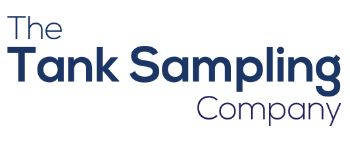Trade Effluent Consent to Discharge

A ‘Consent to the discharge of trade effluent to the public foul water sewer’ or ‘Trade Consent’ as it is also known, sets conditions for the discharge to the public sewer of trade effluent derived from processes or activities.
Typical Consent Conditions
-
- A maximum volume of effluent to be discharged in a 24 hour period
- The maximum rate of flow of the effluent per second
- The times between which effluent can be discharged
- The maximum temperature of the effluent discharging into the sewer
Quality Conditions:
A consent will also stipulate levels of substances or properties within the effluent. For example pH, Chemical Oxygen Demand (COD), Hydrocarbons, Total Oil and Grease, Sulphate. These will vary depending upon the local Water Authority and the type of process or activity taking place. These are commonly known as the ‘Quality Conditions’. Regular sampling of the effluent will determine whether these consent conditions are being met.
The consent will also stipulate where the effluent that is subject to the consent is to be discharged.
An example of non-compliance
Some trade effluent will be treated by an on-site treatment asset such as an interceptor or separator. It should be ensured that the effluent produced from the activity is discharged into the correct part of the site drainage system. The effluent can be treated by the interceptor prior to discharge. If effluent is routed directly to the sewer without passing through the treatment asset, the conditions of the consent will have been breached.
An example of this is vehicle washing. Sites have designated areas that have drainage to capture all of the wash waters then route the waters to an oil/water interceptor. Failure to use the designated wash bay will result in untreated effluent being discharged in to the sewer. A breach of the consent.
Sampling and testing can determine whether the final effluent is within the quality conditions as set down in the consent document.

